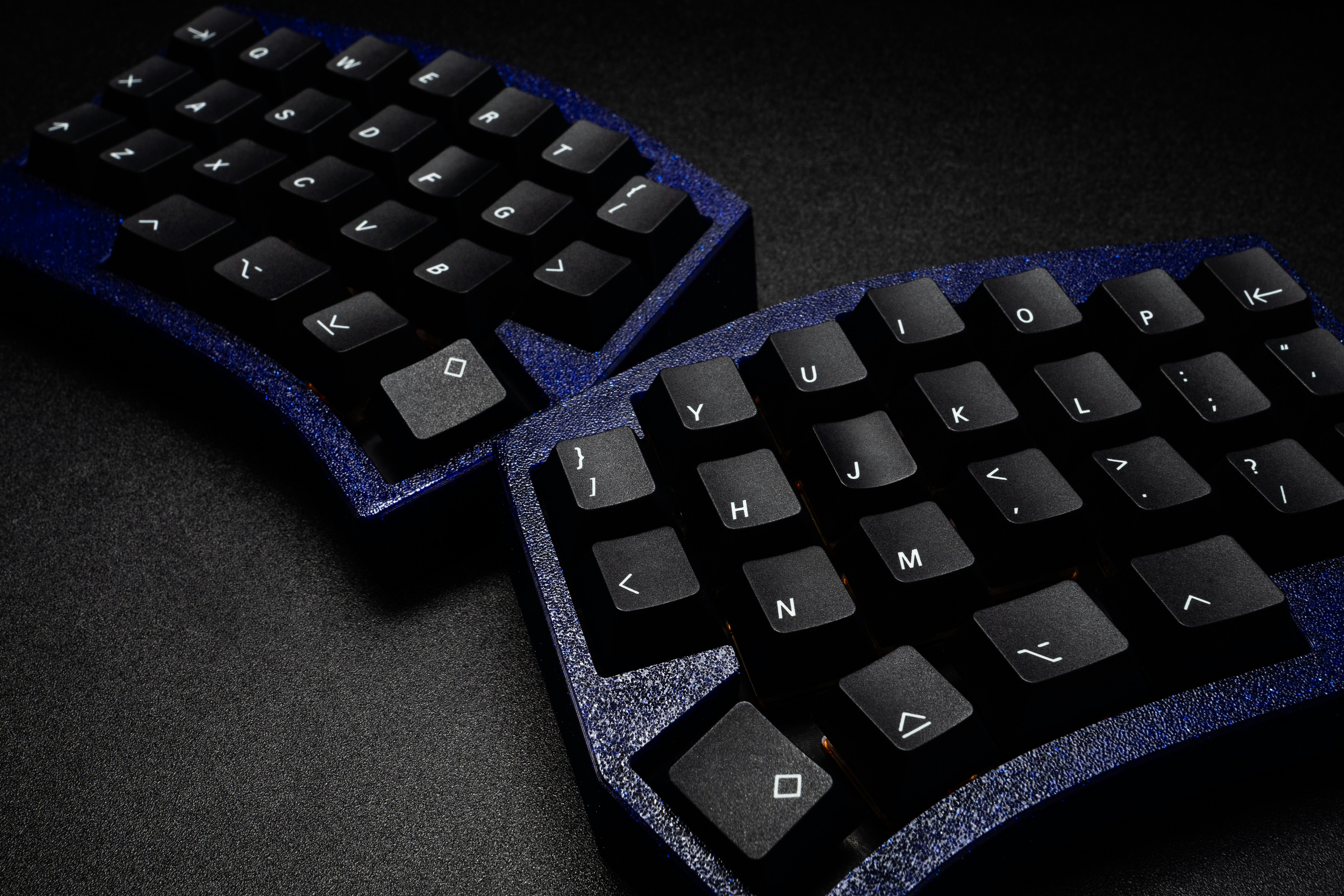Why an ergonomic keyboard is important for your wrists?
Ergonomic keyboards are designed with one goal in mind: to support more natural hand and wrist positions while typing. Standard flat keyboards often require your wrists to bend inward (radial deviation) and your forearms to rotate more than necessary (over-pronation), which can place extra load on the muscles, tendons, and nerves in your upper limbs over time.
Some people find that split or angled keyboards reduce tension and make typing more comfortable, especially during longer sessions. Features like tented designs, negative tilt, or key layouts that mirror the natural shape of your hands can help reduce joint strain in specific cases. But it's not a one-size-fits-all solution. What works well for one person might feel awkward or unhelpful for another.
The key is to notice how your body responds. If your current setup is causing discomfort, an ergonomic keyboard could be worth exploring. Just make sure to test different styles and pair it with a setup that supports overall posture and movement.
Choosing the right ergonomic keyboard
- Split design:
- Split keyboards divide the keys into two halves, allowing your forearms and wrists to align naturally.
- Adjustable splits offer flexibility to position the halves for your shoulder width and typing style, reducing wrist strain.
- Key layout:
- Ergonomic keyboards feature layouts that minimise finger travel, reducing strain during prolonged typing.
- Some include tented designs that raise the centre of the keyboard to keep wrists in a neutral position.
- Key switches:
- Mechanical switches: Provide tactile feedback and require less force, reducing fatigue during extended typing sessions.
- Scissor switches: Offer a stable, responsive feel with a low-profile design.
- Membrane switches: Soft and quiet, ideal for those who prioritise noise reduction.
- Wrist rest:
- A built-in wrist rest can help keep your wrists neutral, preventing upward bending. Look for soft, durable materials for maximum comfort.
- Connectivity:
- Wired keyboards: Reliable and battery-free, ideal for uninterrupted use.
- Wireless keyboards: Reduce clutter and allow flexibility in positioning.
Using your ergonomic keyboard effectively
- Position it correctly: Placing the keyboard so the H key is aligned with your navel ensures your body remains centred and balanced while typing. This position minimises twisting of your spine and shoulders, keeping your arms and wrists in a neutral, relaxed posture. It’s a small adjustment that significantly reduces strain and improves comfort during long work sessions.
- Maintain a neutral typing posture:
- Keep your wrists straight, your forearms parallel to the floor, and your hands at or slightly below elbow height.
- Avoid bending your wrists upward, downward, or sideways.
- Use a light touch: Gentle keystrokes reduce strain on your fingers and hands. There’s no need to press hard while typing.
- Take advantage of shortcuts: Use keyboard shortcuts to reduce repetitive motions and reliance on the mouse.
- Take regular breaks: Pause every 30–60 minutes to stretch your fingers, wrists, and arms. These breaks can prevent stiffness and improve circulation.



